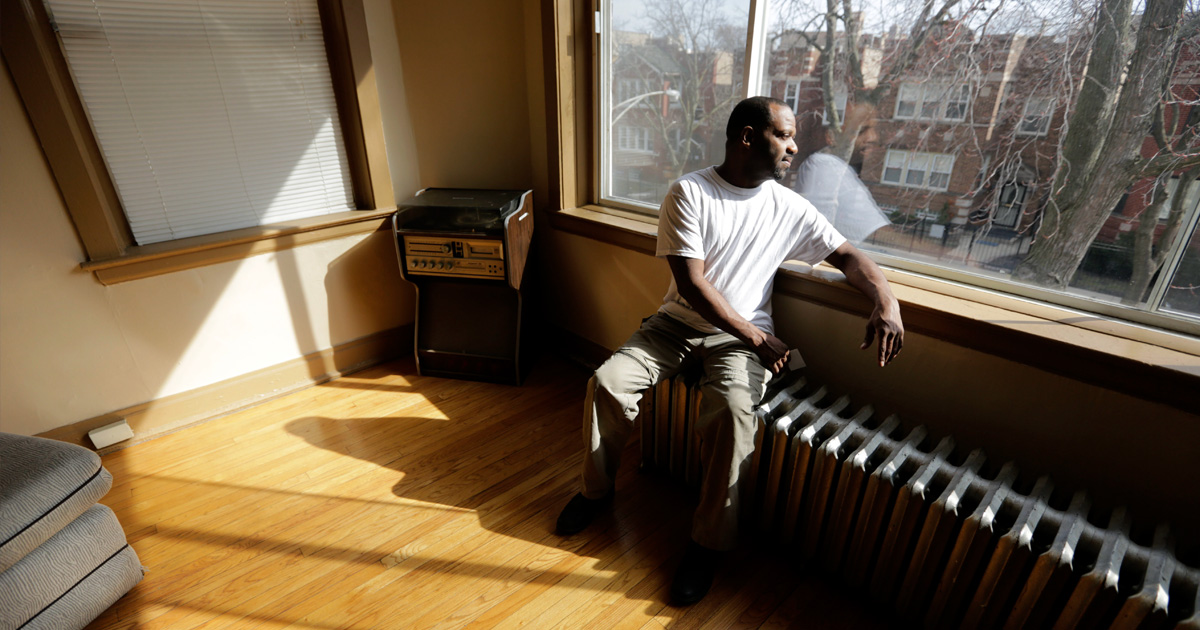This publication is part three of a series of blog posts dedicated to outline the impacts and consequences of the Supreme Court’s recent ruling in the case of City of Grants Pass, OR, v Johnson. Read part one and two.
This past Friday, there were two major news stories on homelessness. One story was very bad, and it has been the focus of nearly the entire field’s attention for the past several days.
The other was very good, but it received far less attention.
Of course, the first story is the Supreme Court’s 6-3 ruling on City of Grants Pass, Oregon v. Johnson, overturning a 9th Circuit court ruling that had previously restricted cities from imposing penalties on people experiencing homelessness without having to offer shelter, housing, or services under the 8th Amendment’s “cruel and unusual punishment” clause.
In the wake of the ruling, many elected officials – particularly those in the Western states that are encompassed by the 9th Circuit – celebrated with messages about the courts removing ambiguity that had ”tied their hands” and left them “powerless” to address the homelessness crisis in their communities.
But in Los Angeles, leaders from both the City and County of Los Angeles condemned the ruling and clarified that the 9th Circuit never restricted local policymakers from following proven approaches to end homelessness.
“This ruling must not be used as an excuse for cities across the country to attempt to arrest their way out of this problem or hide the homelessness crisis in neighboring cities or in jail. Neither will work,” noted Mayor Karen Bass. “The only way to address this crisis is to bring people indoors with housing and supportive services.”
From Los Angeles County, Supervisor Lindsay Horvath issued a similar call: “The criminalization of homelessness is dangerous, does not work, and will not stand in LA County,” she responded.
And then they brought the proof in our second story.
On Friday, the Los Angeles Homeless Services Authority (LAHSA, the lead entity in the Los Angeles Continuum of Care), issued the results of the 2024 Homeless Count, showing that unsheltered homelessness declined 5 percent Countywide and 10.4 percent in the City of Los Angeles, while overall numbers showed moderate declines.
This is a major breakthrough for Los Angeles, which is seeing its first reductions in homelessness in six years.
It’s clear why these declines happened. Los Angeles is investing enormous energy in adopting the right approach as a region: leading with housing and services, investing local dollars to do so, and working towards greater coordination between the region’s 88 cities, the county, and the Continuum of Care. And the homeless count numbers back up that this approach, not criminalization, is working.
In fact, LAHSA data showed more than 27,000 permanent housing placements in the last year across LA, the largest number of placements in the region in any given year to date.
LA isn’t devoid of efforts to criminalize. The City has an existing ordinance which it updated in 2021 (LA Municipal Code 41.18) which allows individual Councilmembers to order encampment clearings and ticket and arrest people in the process. But when Councilmembers have utilized this approach it’s been a clear failure. The City’s own assessment of the ordinance found that enforcement cost millions, resulted in almost zero housing placements, and failed to even curtail encampments, which often returned. Meanwhile, the Councilmembers like Nithya Raman who have eschewed using enforcement as a tool, and focused on leading with services, have seen some of the sharpest decreases in homelessness in their districts.
That’s right: the Councilmembers who have rejected ticketing and arrests have had the best results in Los Angeles.
Mayor Bass and Supervisor Horvath are right: criminalization and punitive approaches to homelessness are well-documented as failing to address homelessness. Local policymakers, before rushing to arrest, fine, and ticket their way out of homelessness in the wake of the Grants Pass decision, should take a breath and look at communities where the data is pointing in the right direction.
The City, County, and CoC in Los Angeles are charting a clear course forward: when you lead with strong, consistent investment in services and housing, and a person-centered approach, progress can happen.
Other policymakers should stop making false promises and take note. Not only do their unhoused constituents lives depend on it. So does their political survival.
Stay Updated: Solutions, Stories, and Ways to Make an Impact
Sign up to receive updates on the Alliance’s work, including the latest research, advocacy efforts, and real stories of progress — plus ways you can help drive lasting change.












